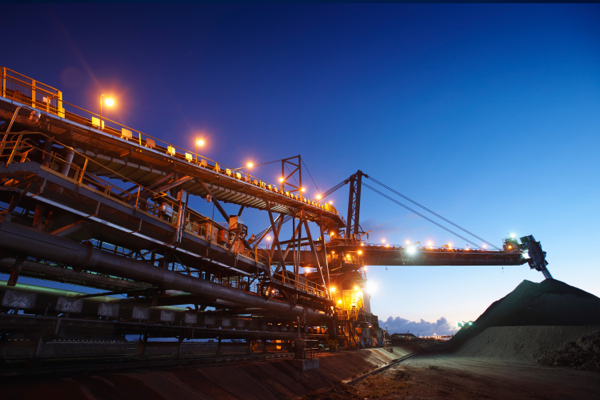BHP calls miners to challenge anti-coal movement

BHP and its partner Mitsubishi own and operate coal mines in the Bowen Basin, Queensland, Australia. (Image courtesy of BHP)
Anti-coal activists seem to be winning over the public and the resources sector must fight back, BHP Billiton’s (ASX, NYSE:BHP) (LON:BLT) coal president Mike Henry said Friday.
Speaking at the American Chamber of Commerce luncheon in Brisbane, the executive said the industry would continue to be swayed by the “no coal campaign,” which had outperformed big business with “simple messages” and an active media profile.
Henry called miners to focus on productivity and build stronger community support for the sector, as depressed prices will likely continue to plague the industry for some time to come.
“There are no signs of things getting better in the immediate term,” he said in a statement.
However, he noted the company believes the fuel will remain an important part of the world’s energy mix for decades, even amid the ongoing push to cut carbon emissions.
Price slump
Coal prices have been steadily declining since 2011 due to oversupply, driving producers into the red.
Metallurgical coal, used in the making of steel, is down as much as 30% since the beginning of the year, while thermal coal, used in power generation, is as much as 15% lower.
“Poor returns, and little indication of better times on the immediate horizon, make coal a pretty challenging business at the present time,” Henry noted.
In BHP Billiton’s coal business, we made a 3% return on capital in our Australian assets last year and that’s at the good end of the industry spectrum,” he added.
BHP is the world’s largest exporter of steel-making coal, digging up vast quantities of the resource in eastern Australia, in partnership with Mitsubishi Corp.
The company also produces thermal coal, which it believes will be key in meeting energy needs of a “de-carbonizing world” and the resources industry has to be active in the climate change solution, Henry said.
The executive revealed that BHP has several internal projections worked out for long-run thermal-coal demand based on a variety of influences.
“In all scenarios,” Henry said, “thermal-coal demand remains a significant part of the global energy mix for decades to come.”
{{ commodity.name }}
{{ post.title }}
{{ post.date }}




Comments